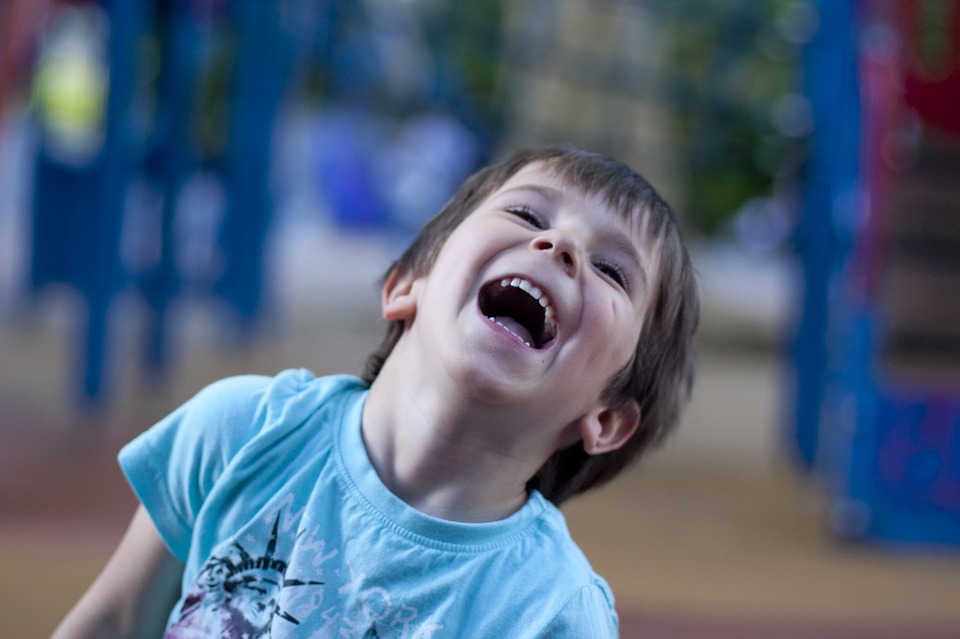
“Did you hear about the mathematician who’s afraid of negative numbers? He’ll stop at nothing to avoid them.”
If the math pun above made you laugh or even smile a little, it put your brain in a more positive state. Research tells us that jokes, riddles, celebrations, and other forms of positive interaction not only create a positive learning environment but may also facilitate learning itself.
Did you know that the brain does not know the difference between real laughter and fake laughter? You can fake laughter and it will have the same positive effect on the brain. That is why there are more than 1,800 laughing clubs in India alone.
There is one important distinction that is worth noting. Please do not confuse the use of humor in the classroom with sarcasm, which has the exact opposite effect on the brains of students. The literal definition of sarcasm is “a tearing of the flesh,” aptly named because remarks directed to students that demean, tease, or deride can, at minimum, hinder or incapacitate higher-level thinking.
What The Research Says
When students are laughing, they are releasing transmitters called endorphins, and laughter has been described as the shortest distance between two people (Gregory & Chapman, 2013, p.24).
When students laugh together, a diverse population bonds, community spirit forms, and a classroom climate becomes more conducive to learning (Sousa, 2011).
Having laughter breaks in class increases the flow of positive neurotransmitters, which are necessary for alertness and memory (Jensen, 2007).
Make It Happen
- Have students create jokes or riddles regarding a concept previously taught. The creation of jokes not only reinforces students’ conceptual understanding but also encourages students to use their higher-level thinking skills. One math student created this original riddle. Why did the fraction 1/5 go to the psychiatrist? Answer: He was just too tense (2/10).
- Don’t take yourself or your students too seriously. Most students love a teacher who is able to make fun of his or herself. One high school teacher related to me how much his students love him, mostly due to his sense of humor. For example, when he teaches about plate tectonics, a shifting of the earth’s plates, he tells students there is a place in Africa where the plates collide. It is called Djibouti (jih-BOOT-ee). He told me that by the time they get through discussing the cracks in Djibouti, everybody remembers. If you don’t get that joke, think about it a little longer! Remember to laugh with your students, but not at them!
- Have teachers in a grade level or department form a laughing club. Since the brain does not know the difference between real laughter and fake laughter, these clubs appear to work. The laughing club can meet before school long enough for a teacher to share a joke or riddle with the members. Teachers can take turns bringing the jokes for the week. Everyone gets his or her day off to a positive start that can carry over into instruction.
For more examples of instructional activities that engage students using humor, consult the 3rd edition of my best-selling book, Worksheets Don’t Grow Dendrites.
A Jew, a Catholic, a Budist, and a Hindu walk into a cafe to have coffee….
It’s not a joke, people actually can get along even though they believe different things.